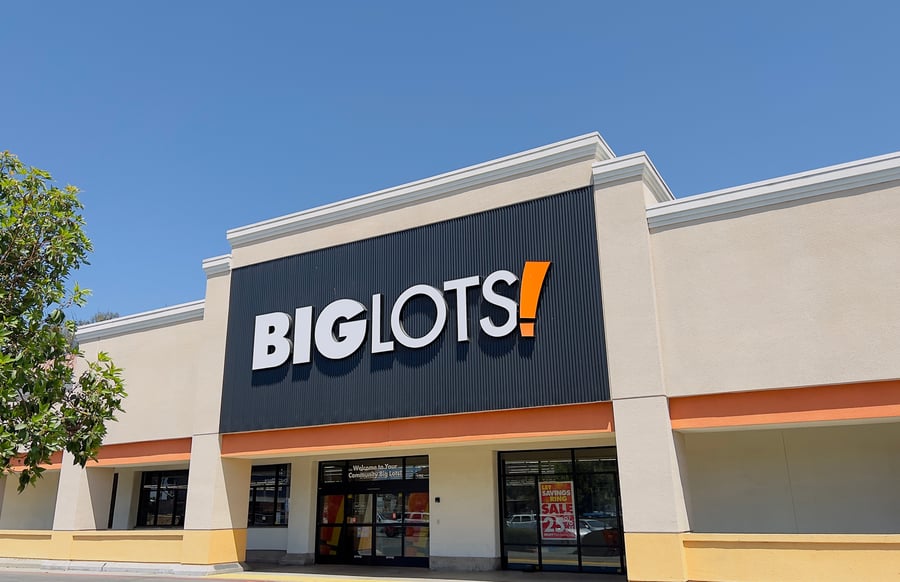BuyBuy Baby has experienced a significant decline in revenue in the last few years, reflecting the financial challenges faced by its parent company, Bed Bath & Beyond. In fiscal year 2021, BuyBuy Baby generated $1.4 billion in sales, accounting for 16% of Bed Bath & Beyond's total net sales of $7.9 billion. But in the second quarter of fiscal 2022, BuyBuy Baby reported double-digit declines in sales, reversing its earlier status as a rare bright spot for its parent company. This downturn was attributed to tough comparisons from the prior year, which had been bolstered by federal stimulus payments and higher birth rates. These revenue declines intensified financial pressures on BuyBuy Baby.
When Bed Bath & Beyond filed for bankruptcy on April 23, 2023, the company planned to auction off its BuyBuy Baby business and all its physical stores. But by July 2023, Bed Bath & Beyond’s plans changed and instead, it sold the intellectual property of BuyBuy Baby (including its store leases) to Dream On Me. BuyBuy Baby once had 120 stores across the US. But more recently, it announced plans to close all of its physical stores. There are several reasons being cited for this, including rising inflation, consumer hesitation and growing competition from Amazon and Target.




